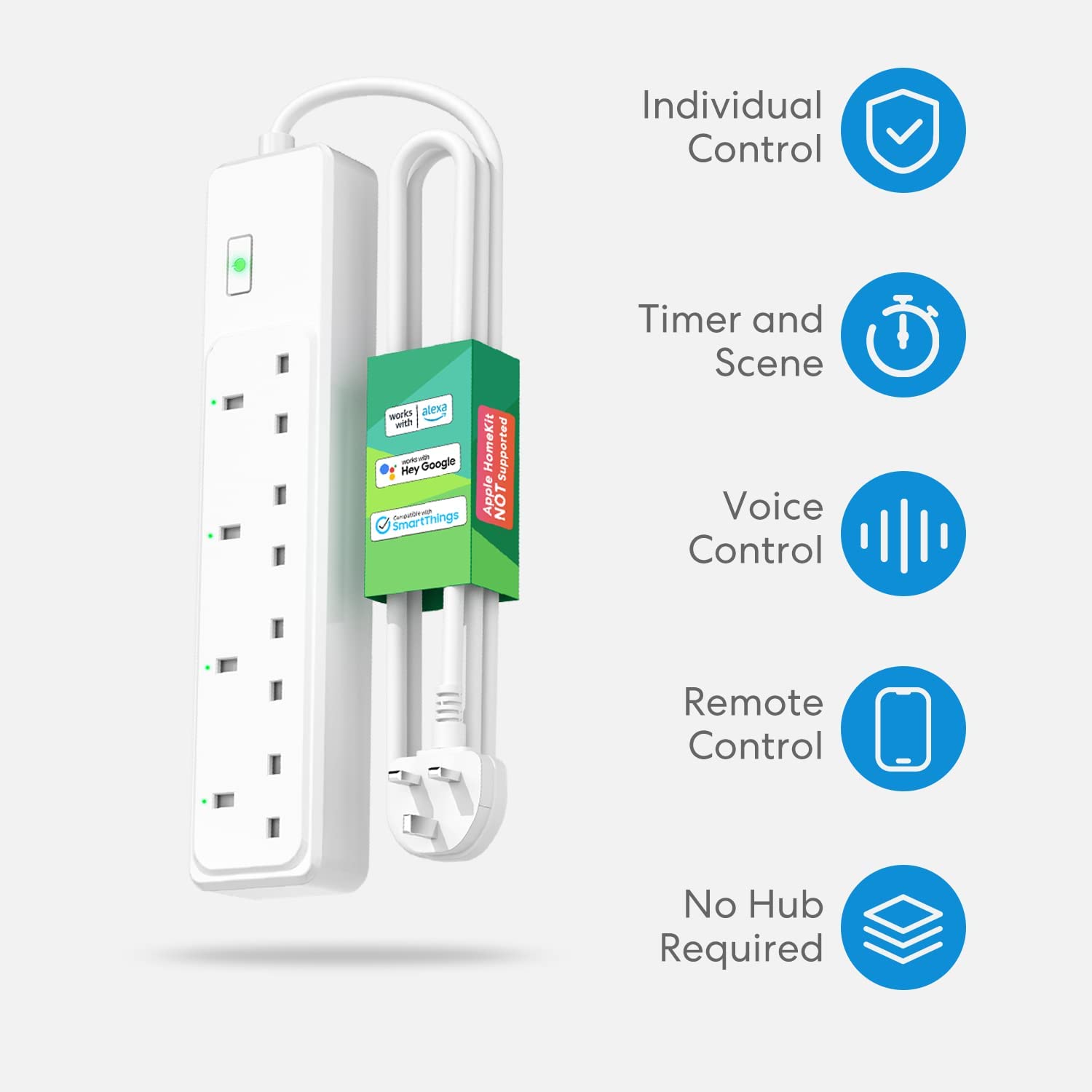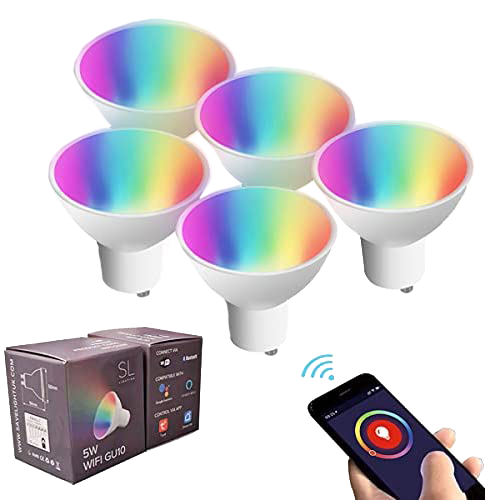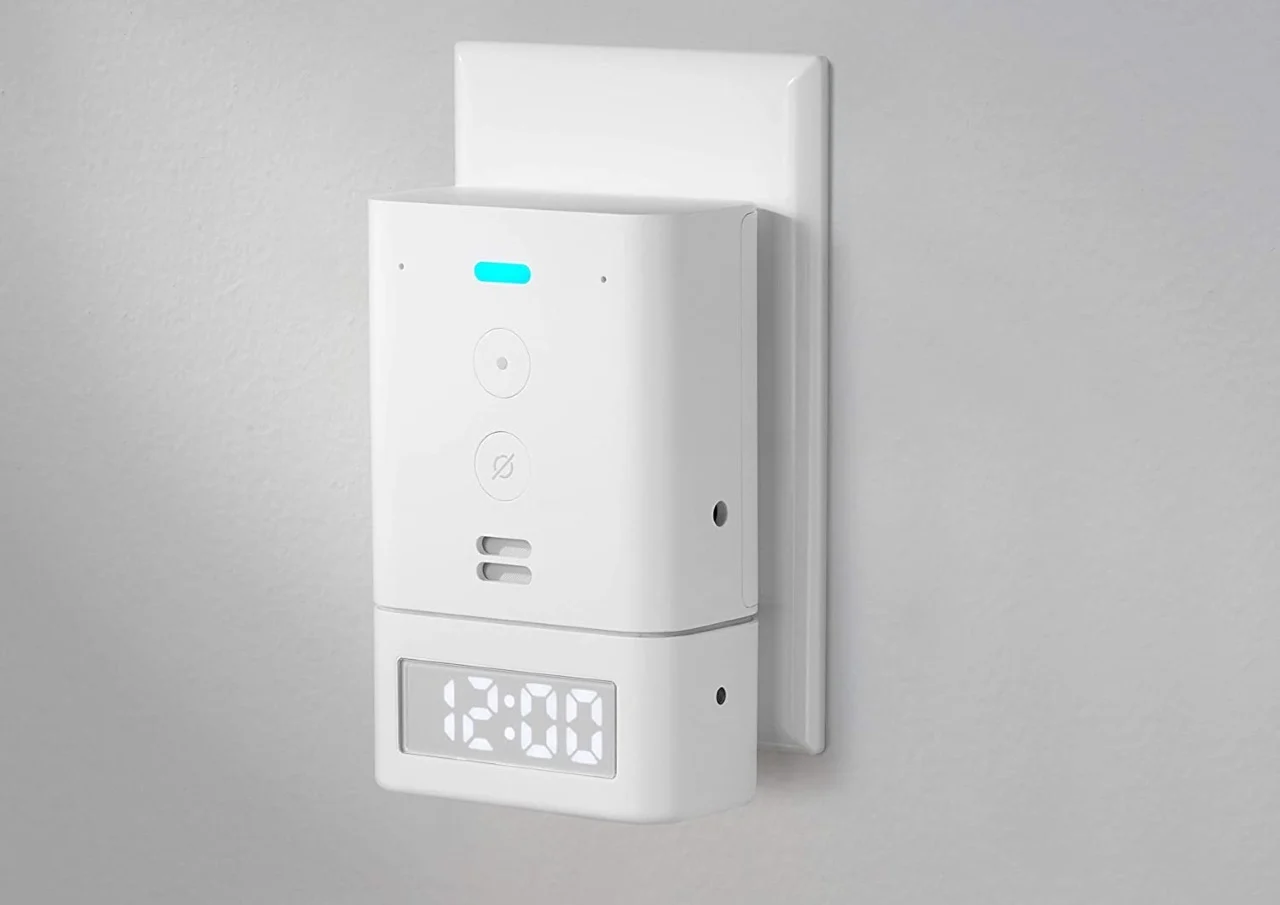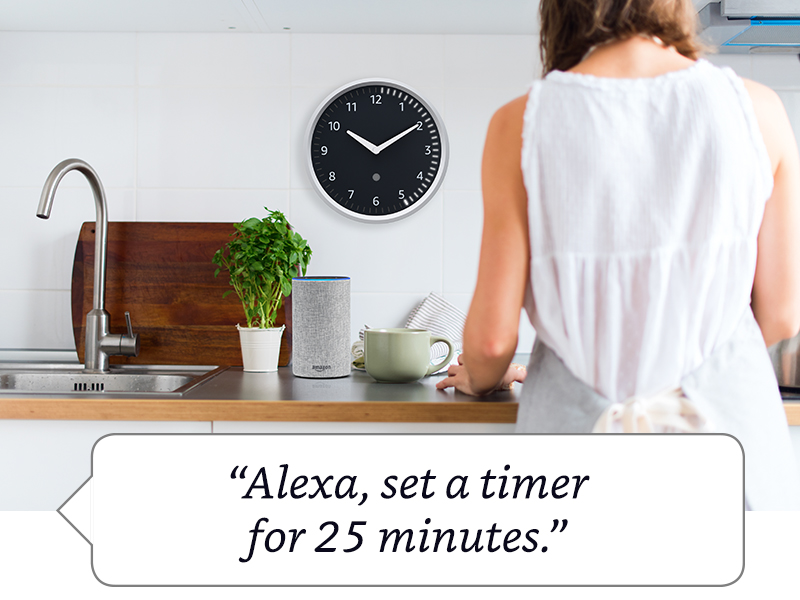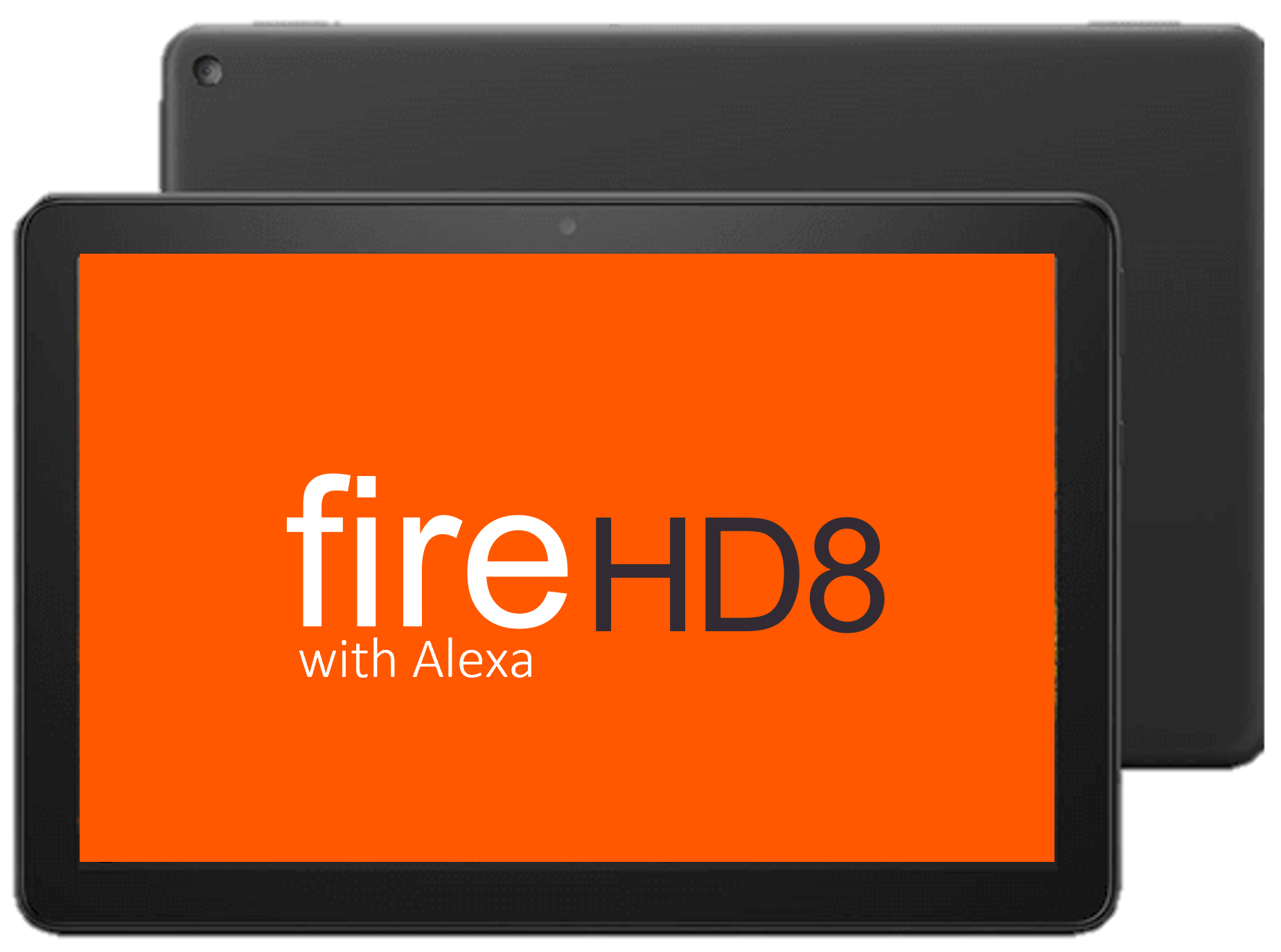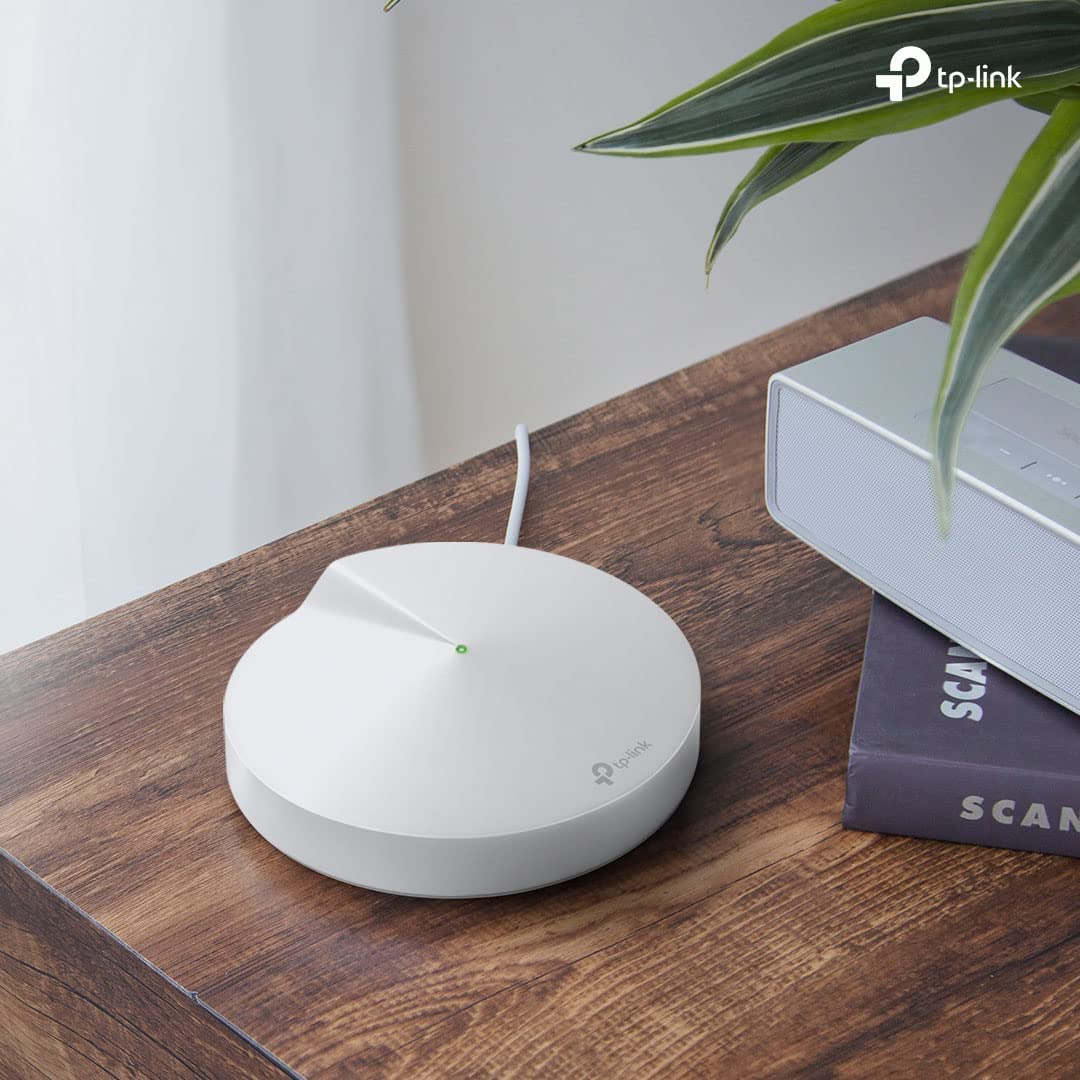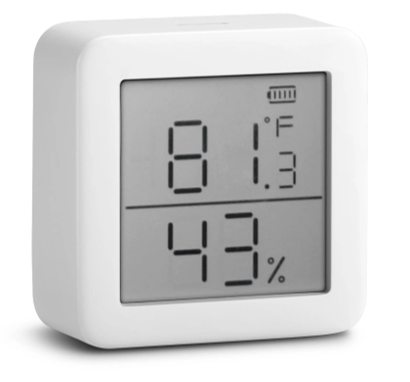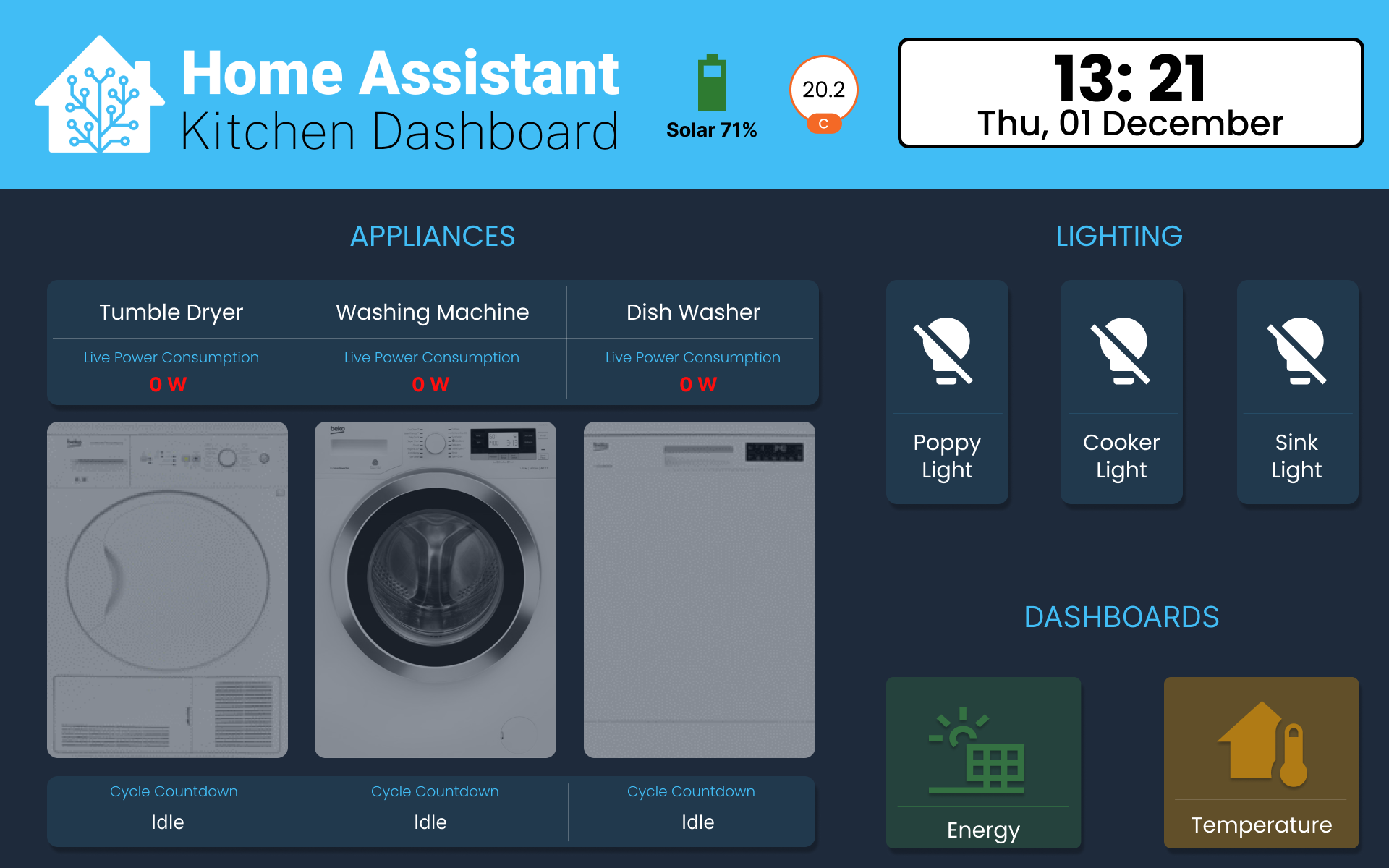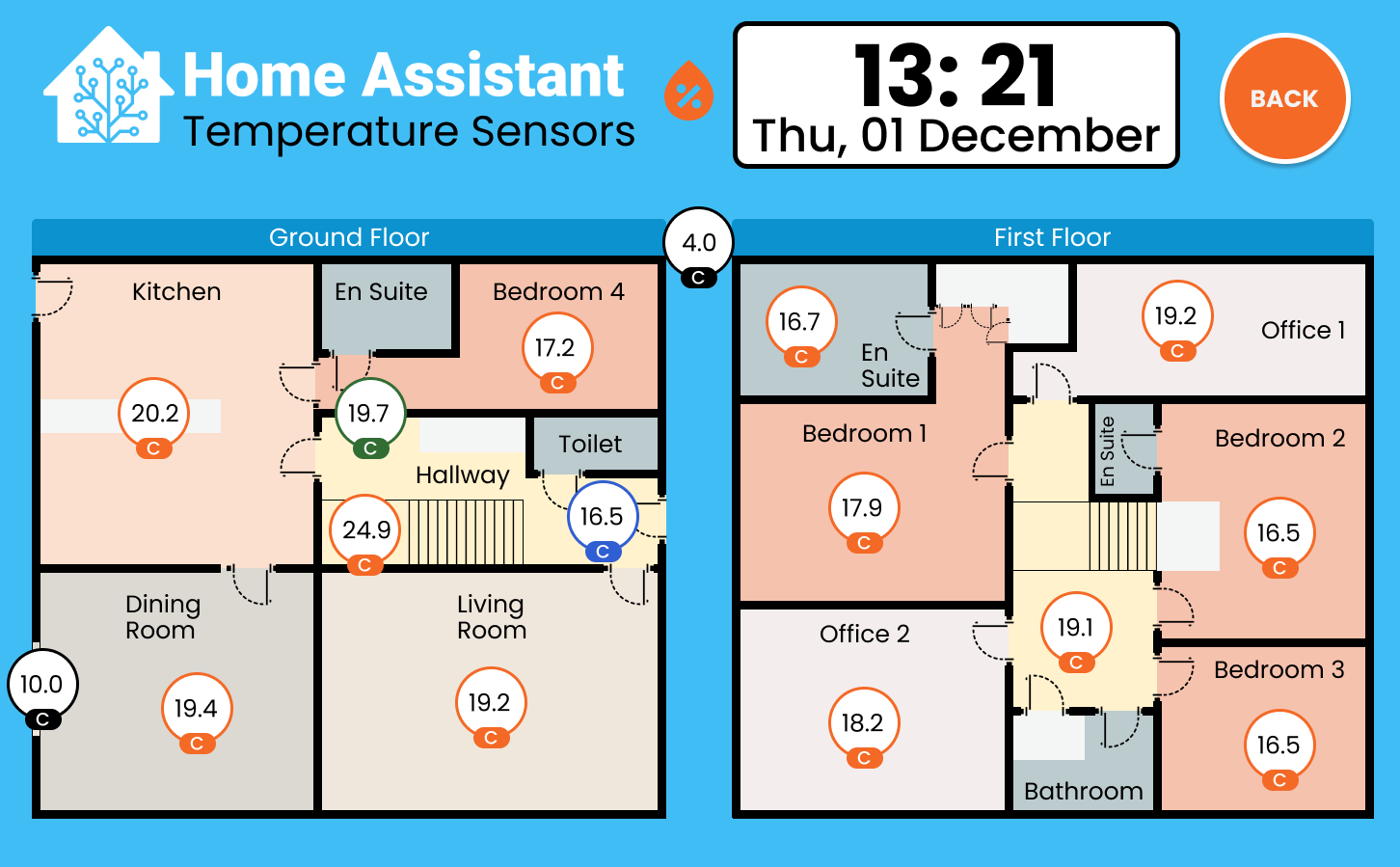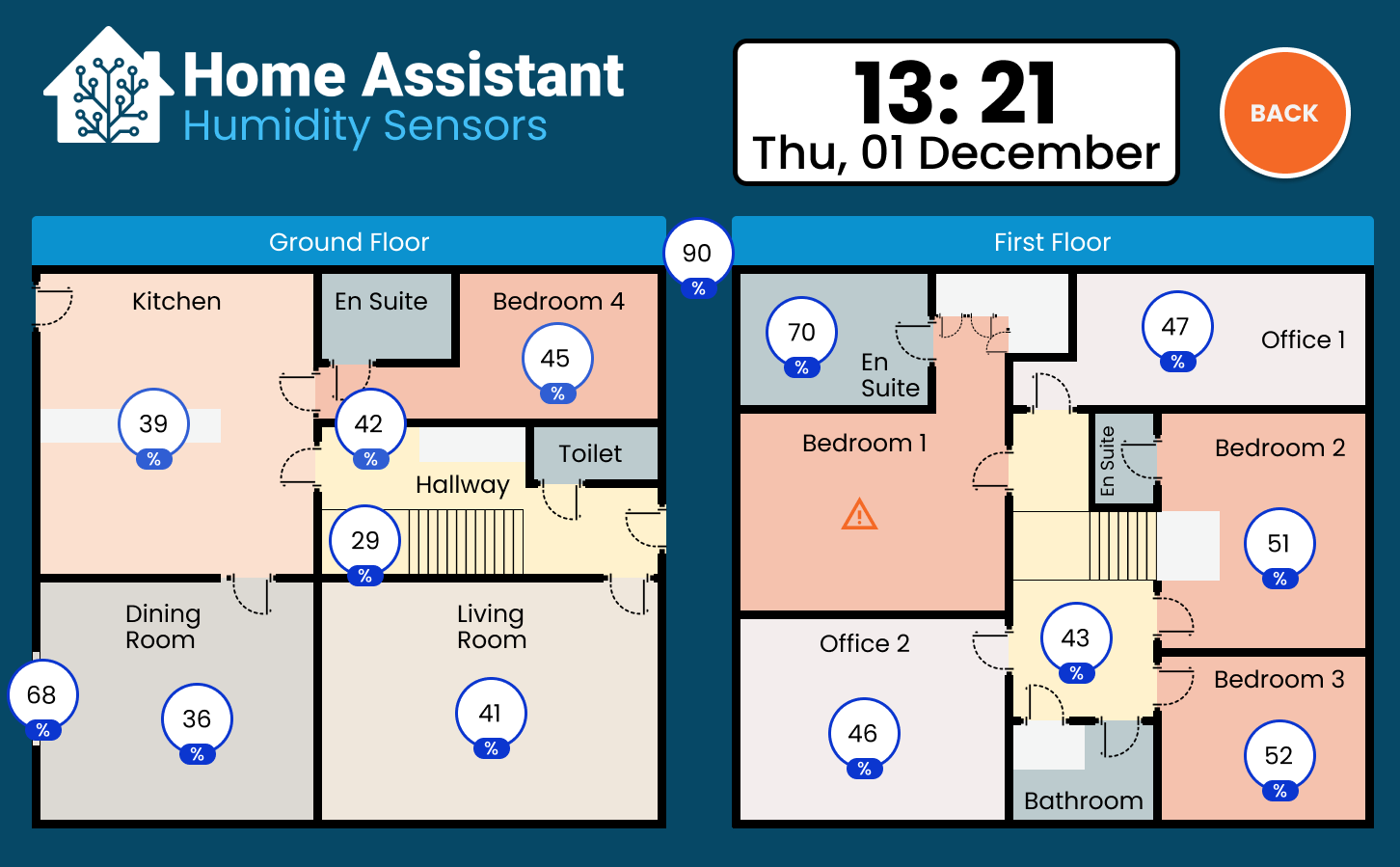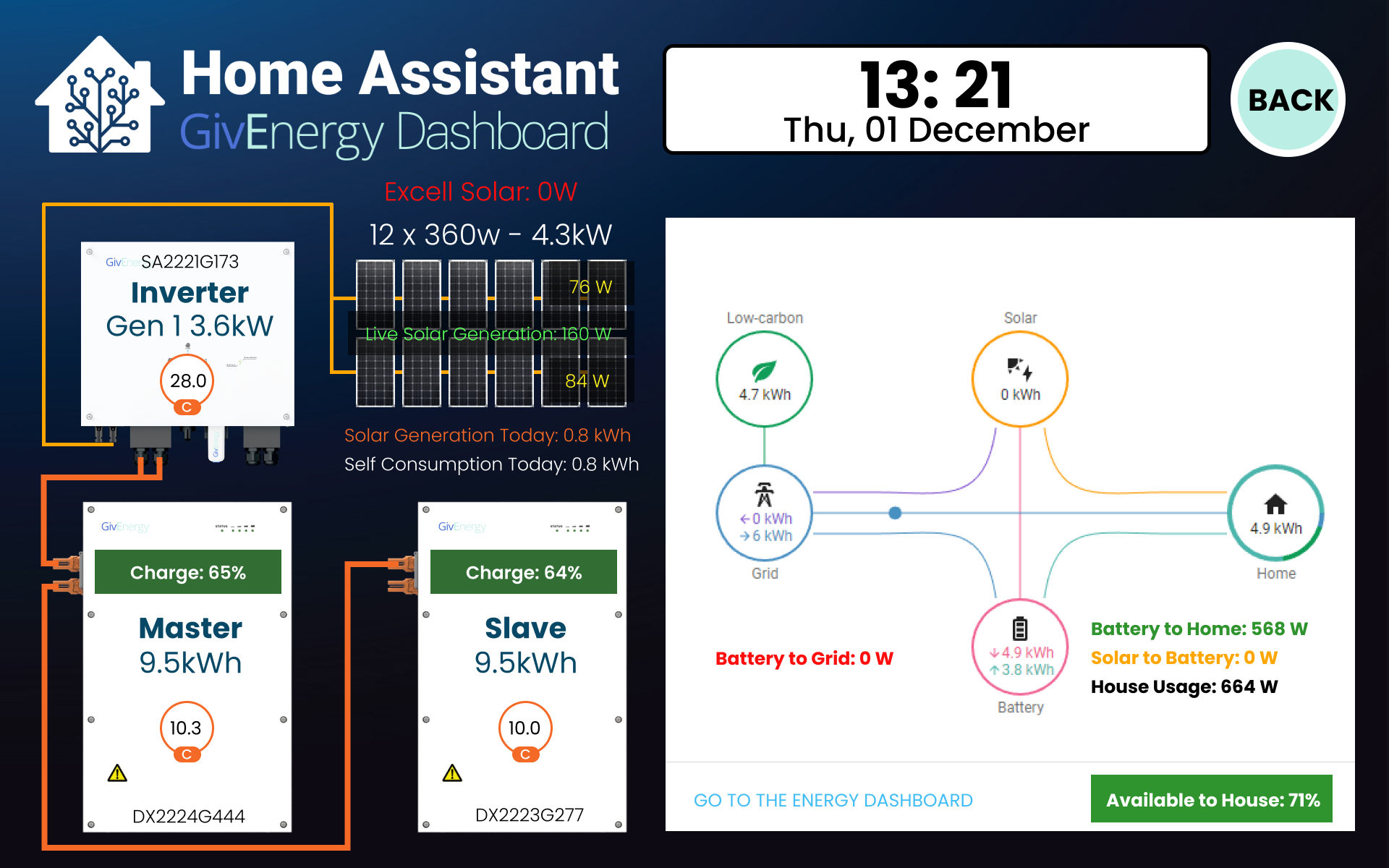KITCHEN
The kitchen is one of the highest energy usage areas in the home, and required the most monitoring devices and also a central control panel to monitor and control the energy usage.
- 1 x smart 4 gang to control power for connected devices
(Amazon Echo Dot, CCTV Camera, Cooker Hood, Amazon Fire Tablet) - 1 x smart 4 gang (Meross) to control power for connected devices
(POE Switch, CCTV Camera, Deco Wifi Extender) - 18 x 5w multi-colour wifi led bulbs G10
- 2 x flic buttons (with light switch covers)
- 1 x tasmota smart plug with energy monitoring (Fridge Freezer)
- 1 x tasmota smart plug with energy monitoring (Tumble Dryer)
- 1 x tasmota smart plug with energy monitoring (Washing Machine)
- 1 x tasmota smart plug with energy monitoring (Dish Washer)
- 1 x GivEnergy smart plug with energy monitoring (Coffee Machine)
- 1 x GivEnergy smart plug with energy monitoring (Kettle)
- 1 x GivEnergy smart plug with energy monitoring (Toaster)
- 1 x GivEnergy smart plug with energy monitoring (Microwave)
- 1 x Amazon echo flex (with clock)
- 1 x Amazon echo clock
- 1 x tasmota smart plug with energy monitoring (Chest Freezer)
- 2 x SwitchBot temperature and humidy sensors
PRODUCTS
Meross WiFi smart plug with 4 A/C outlets
I have 2 of these devices connected to my entertainment area to control:
Meross 4 Gang (1)
- Kitchen Echo
- Reolink CCTV PTZ Camera
- Cooker Hood
- Amazon Fire Tablet (Home Assistant Control Panel)
Meross 4 Gang (2)
- POE Switch
- Reolink CCTV PTZ Camera
- Deco M5 WiFi Access Point
Smart Spotlight LED GU10, Smart Bulb with WiFi Bluetooth, 5W (2700-6500k)
Special feature: Energy Efficient, Dimmable, Colour Changing
Light type: LED
Wattage: 5 watts
Light colour: Warm White
Brand: Light Save
These bulbs were purchased to replace the standard 50w halogen bulbs that were originally installed. We have 18 of these bulbs so when they were all on it was using 900w of electricity and the only option we had was either all lights on, right side lights only (8 bulbs – 400w) or left side lights only (10 bulbs – 500w).
Now if we have left ligts only we only use 40w, and if we use right side only, we use 50w of electricity.
With the addition of the smart home assistant tablet, we now only use the individual lights we need in the kitchen area, which is usually 1, 2 or 3 bulbs (max power 15w), so we have gone from 900w of energy usage to 15w or less. This has saved a huge amount of wasted electricity in the kitchen area.
Flic button (x2)
Althought we had installed smart bulbs in the kitchen we still had traditional light switches.
The problem with this, is that you are unable to control the lights unless the power swtich is set to on all the time. You loose the control from the app and loose control from alexa voice assistant.
I ensured that the switced could not be touched by purchasing a cover to go over the top of the traditional switch and stuck the flic button in the centre.
The kitchen is devided into two halves with two light switches. One switch controls the left hand side lights (10 lights) and the other switch operates the right side (8 lights).
In the app I labeled some of the lights so we could activate them via voice in order to save money and energy by not having all lights on at once.
We have 3 selected lights. The kitchen sink light, the cooker light and Poppy light. We can ask the voice assistant to turn these on and they provide light to just that area and leave the rest of the lights off.
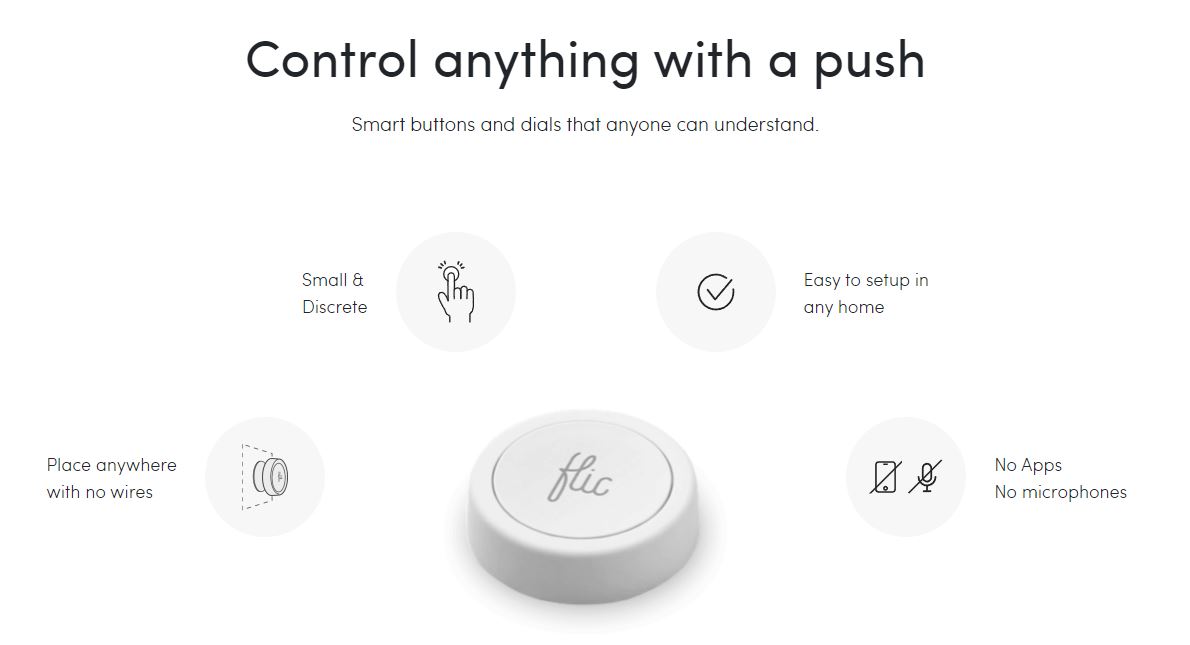
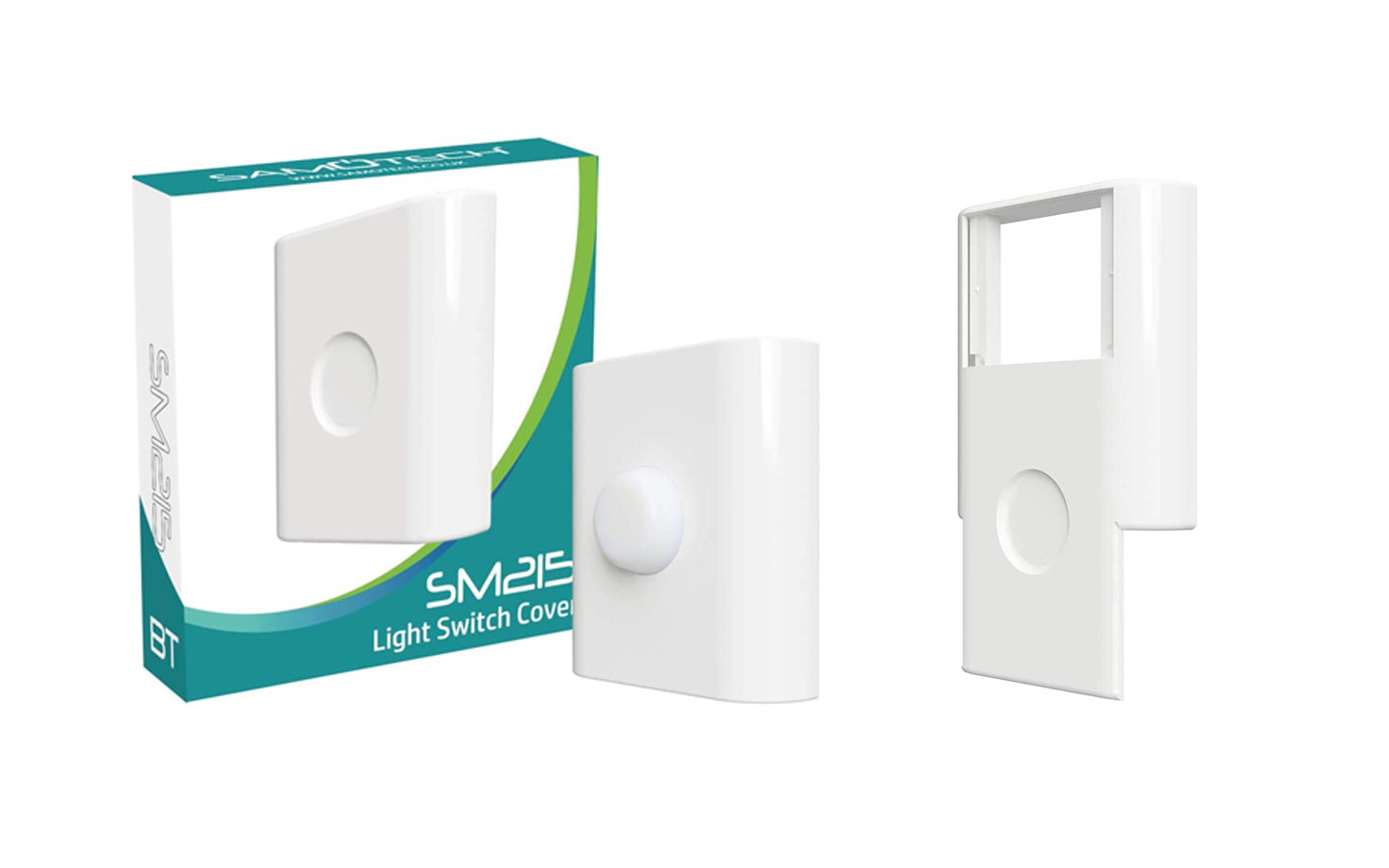
Traditional Light Covers
I ensured that the switced could not be touched by purchasing a cover to go over the top of the traditional switch and stuck the flic button in the centre.
They cover your traditional light switch and the cover slides over the top when you screw it using the existing switches screw holes.
If you ever need to remove your smart lights and switches you can revert to the old light switches.
Power Monitoring Smart Plug
Preflashed with Tasmota
I selected these smart plugs after alot of internet research as they were alot more versatile and controlable. They integrate really well with home assistant and provide a great deal of useful energy monitoring information.
I have tasmota smart plugs connected to:
- Tumble Dryer
- Fridge Freezer
- Washing Machine
- Chest Freezer
- Dish Washer
They are used for remote (power) control of the connected devices as well as providing energy monitoring statistics imported into Home Assistant.
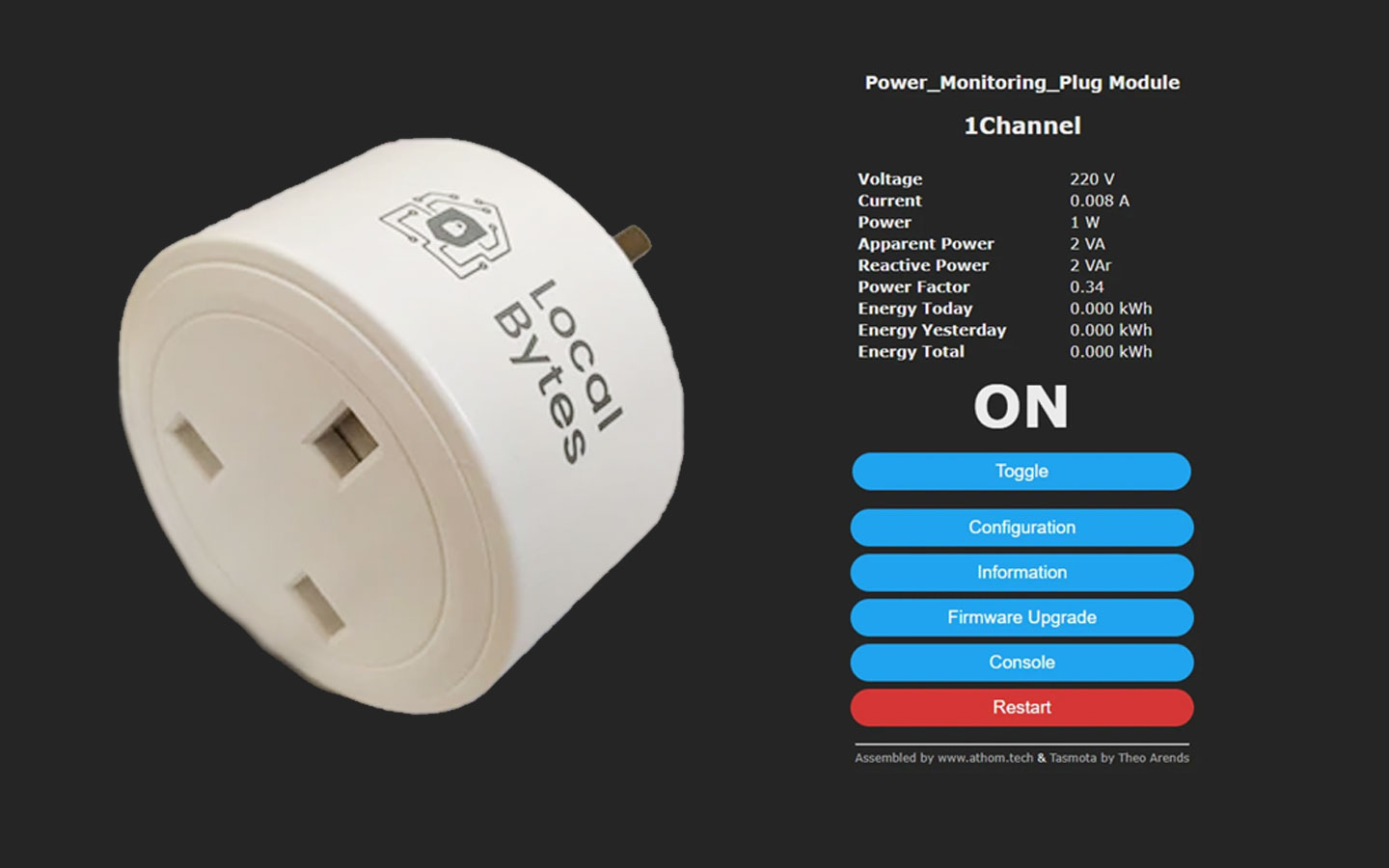
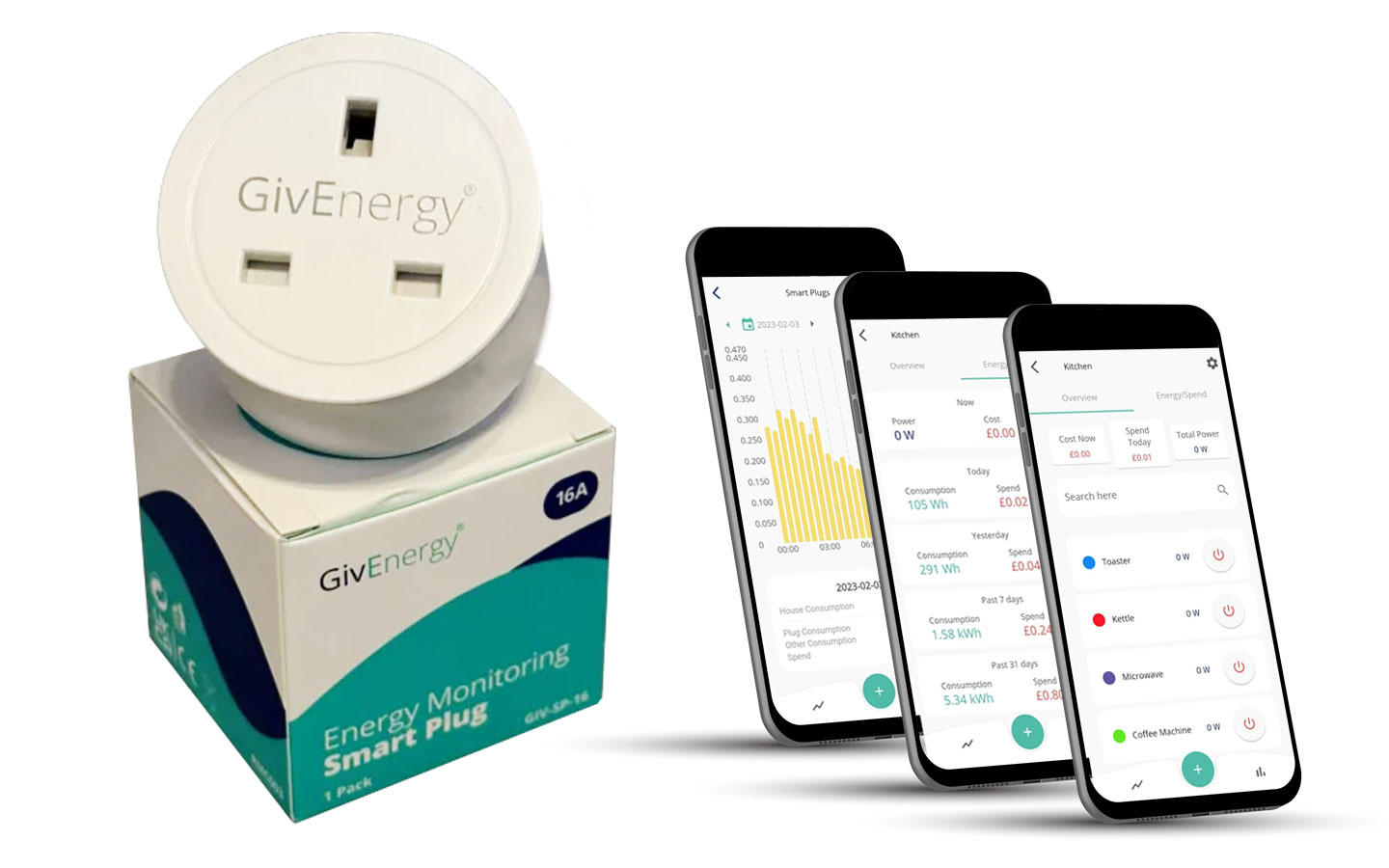
GivEnergy Power Monitoring Smart Plug
They provide the usual features of being able to remotly turn appliances on and off via the app or alexa voice control as well as being integrated into the mobile app to provide detailed energy information.
I have GivEnergy smart plugs connected to:
- Kettle
- Coffee Machine
- Microwave
- Toaster
They are used for remote (power) control of the connected devices as well as providing energy monitoring statistics via the GivEnergy App.
TP-Link Deco M5 Mesh WiFi Extender
To enable the many devices we have around the kitchen to have a strong wifi signal, the kitchen has its own dedicated Deco wifi extender connected to a wifi mesh.
This enables fast communication around the house and ensures a strong internet signal via wifi that is distributed across the wifi mesh to certain locations in the house.
Echo Dot – 3rd Gen
I added this echo dot to the kitchen as the echo flex speaker is quite small and tinny. This offers a warmer sound and is much louder which is good as it can be noisy in the kitchen sometimes.
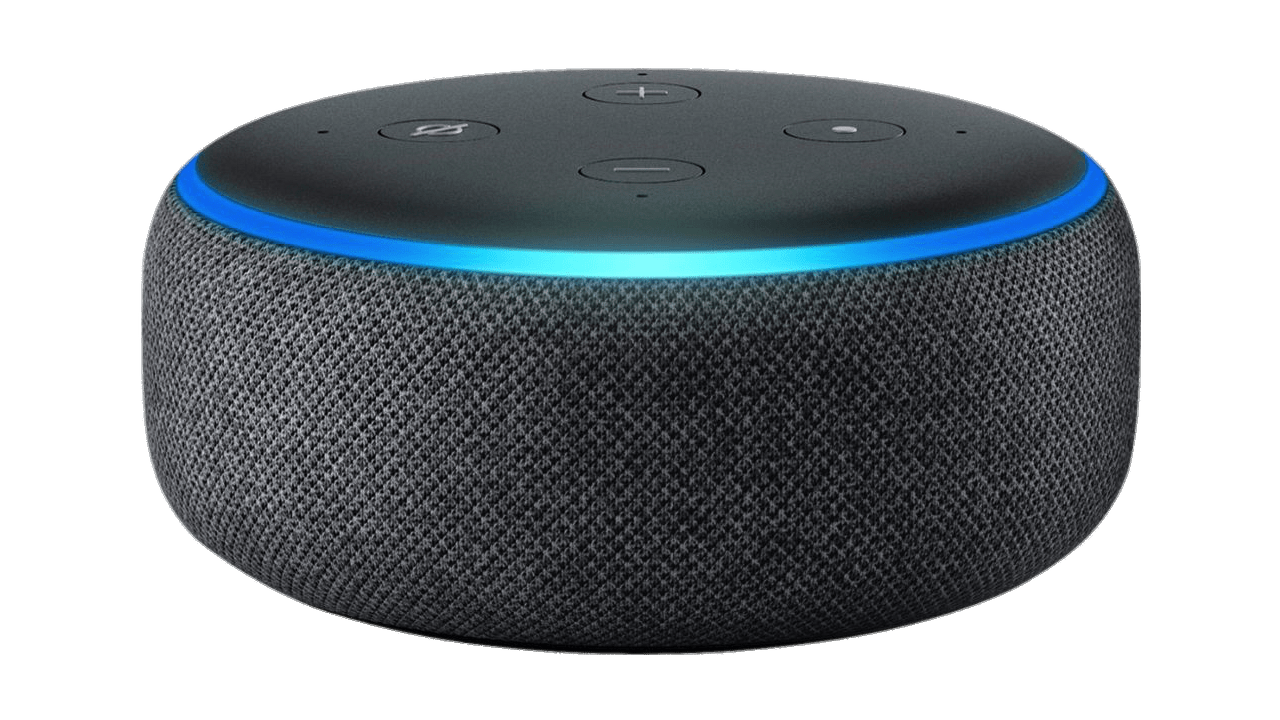

Kitchen Dashboard
The dashboard was designed in Figma and saved as an image and imported into Home Assistant where the data that was available from smart devices was overlayed onto the image for dynamic updates.
APPLIANCES
The main appliances (Tumble Dryer, Washing Machine & Dishwasher) are set to turn on and off by touching the appliance image.
Once the appliance is selected and powered on, a timer starts to count down before (shown under the appliance) turning off automatically at the expiry of the timer. At the same time, the Live Power Consumption is displayed to give up to the second readings of how many watts are being consumed by the appliance.
LIGHTING
Instead of using the switches on the wall to turn on either the left side of the kitchen lights (10 lights) or the right side of the kitcen lights (8 lights) I setup the option to only chose the lights necessary to provide light on what was needed.
DASHBOARDS
The final section shows the other dashboards available to switch to to get information on that particualar dashboard.
Temperature Dashboard
The dashboard was designed in Figma and saved as an image and imported into Home Assistant where the data that was available from smart devices was overlayed onto the image for dynamic updates.
SmartBot temperature and humidy sensors have been placed in every room in the house to monitor the temperature of each location.
This was setup to monitor the home during the winter months to investigate if there were any issues with the house leaking heat and therefore wasting energy and money.
The temperature sensors provide a live update of the current temperatures as well as being selectable so you can review the history of the temperatures over time.
Humidity Dashboard
The dashboard was designed in Figma and saved as an image and imported into Home Assistant where the data that was available from smart devices was overlayed onto the image for dynamic updates.
SmartBot humidy sensors have been placed in every room in the house to monitor the humidity level of each location.
This was setup to monitor the home during the winter months to investigate if there were any issues with the house suffering from excess humidity which can lead to damp and mould.
The humidity sensors provide a live update of the current levels of humidity as well as being selectable so you can review the history of the readings over time.
GivEnergy Dashboard
The dashboard was designed in Figma and saved as an image and imported into Home Assistant where the data that was available from the GivEnergy GIVTCP API was overlayed onto the image for dynamic updates.
We have recently installed a GivEnergy solar solution which consisted of 12 solar panels and 2 batteries.
While the solution has its own dashboard, important information is scatterd across several screens and takes time to gather usful information quickly. I therefore created my own quick view dashboard which displays important information on one screen for glancing.
It displays:
- the current temperature of the Inverter and each battery.
- the current amount of energy being produced by the solar panels both combines and per string.
- the current charge for each battery along with a combined charge which is available to the house.
- how much solar has been produced today (kWh) and how much was consumed by the house.
It also displays a live energy flow informing how much the house has used and where the energy is coming from (solar/grid) in real time.
I also added some extra data to show how much the house is using of the battery, how much is going from solar to the battery / house and house is using in terms of energy.

